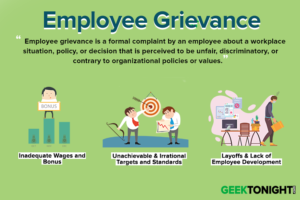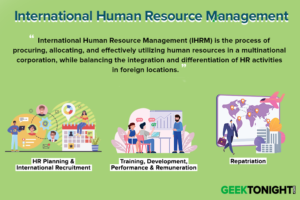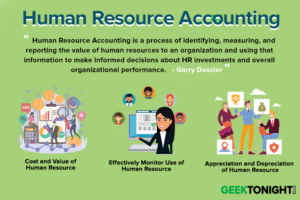What is Employee Orientation?
Employee Orientation is an initial process that provides easy access to basic information, programs and services, gives clarification and allows new employees to take an active role in their organization.
Employee orientation is part of a long-term investment in a new employee.
Table of Content
General objectives of an Employee Orientation program are as follows:
- Introduce new employees to their new environment
- Make new employees feel welcome and comfortable
- Retain a pool of new, capable employees
Employees who are new to the job require essential information related to their work and their work environment. Within a reasonable time following their appointment, employees require orientation to their duties, work environment and terms and conditions of employment. The end result should be a solid foundation for a successful, long-term working relationship between employer and employee.
Purpose of Orientation
Employers have to realize that orientation isn’t just a nice gesture put on by the organization. It serves as an important element of the recruitment and retention process.
Some key purposes of Employee Orientation are:
- To reduce startup costs: Proper orientation can help the employee get up to speed much more quickly, thereby reducing the costs associated with learning the job.
- To reduce anxiety: Any employee, when put into a new, strange situation, will experience anxiety that can impede his or her ability to learn to do the job.
Proper orientation helps to reduce the anxiety that results from entering into an unknown situation and helps provide guidelines for behavior and conduct, so the employee doesn’t have to experience the stress of guessing. - To reduce employee turnover: Employee turnover increases as employees feel they are not valued or are put in positions where they can’t possibly do their jobs.
Orientation shows that the organization values the employee, and helps provide the tools necessary for succeeding in the job. - To save time for the supervisor: Simply put, the better the initial orientation, the less likely supervisors and co-workers will have to spend time teaching the employee.
- To develop realistic job expectations, positive attitudes and job satisfaction: It is important that employees learn as soon as possible what is expected of them, and what to expect from others, in addition to learning about the values and attitudes of the organization. While people can learn from experience, they will make many mistakes that are unnecessary and potentially damaging.
The main reasons orientation programs fail: The program was not planned; the employee was unaware of the job requirements; the employee does not feel welcome. - Employee orientation is important: orientation provides a lot of benefits, and you can use feedback to make your orientations even better.
Problems with Employee Orientation Programs
New employees often go through an orientation program which familiarizes them with their new company. This is a vital component in the development of a dedicated and focused workforce.
Orientation also enables new employees to socialize and know their employer better. Unfortunately, underplaying induction programs results in an under-proficient work force.
Many problems or criticisms of orientation programs have been identified:
- Too much emphasis on paperwork
- Information overload
- Information irrelevance
- No planning (Not investing enough time and money in the orientation program)
- Management involvement (With the orientation left to the human resource department, top-level managers usually exclude themselves.)
- Scare tactics (heavy emphasis on failure rates or negative aspects of the job)
- Too much selling of the organization
- Emphasis on formal, on way communication
- One – shot mentality (e.g. limiting the orientation program to merely the first day at work
- No evaluation of the program
- Lack of follow up
Assignment: If you are working in an organization and have gone through the orientation program please compare that with the similar program offered in another organization. What suggestion you will give to improve orientation program in your organization.
Reference
- Doris M. Simms, Creative New Employee Orientation Programs. USA: McGraw-Hill 2002, p3.
Go On, Share & Help your Friend
Did we miss something in Human Resource or You want something More? Come on! Tell us what you think about our post on Employee Orientation in the comments section and Share this post with your friends.
Human Resources Tutorial
(Click on Topic to Read)








